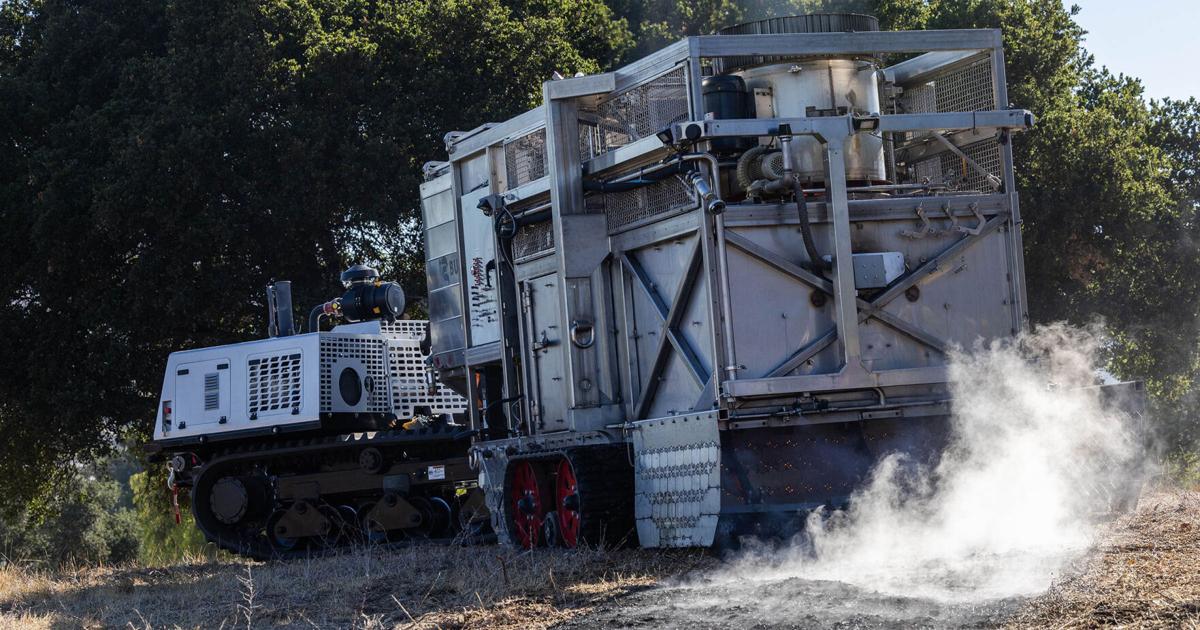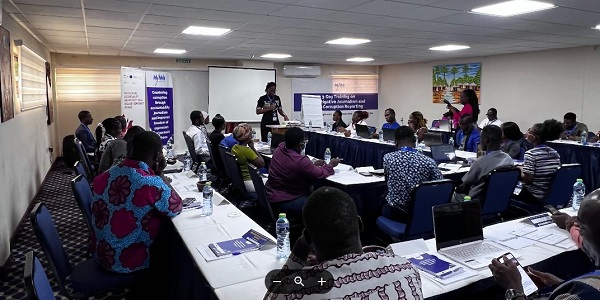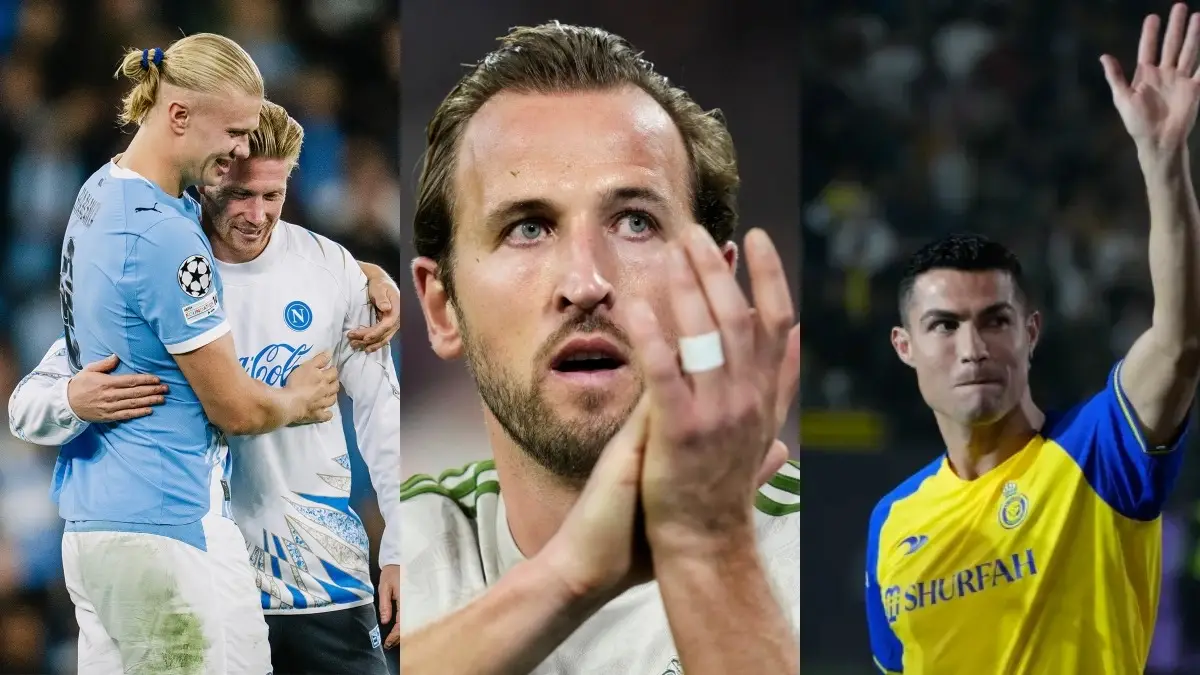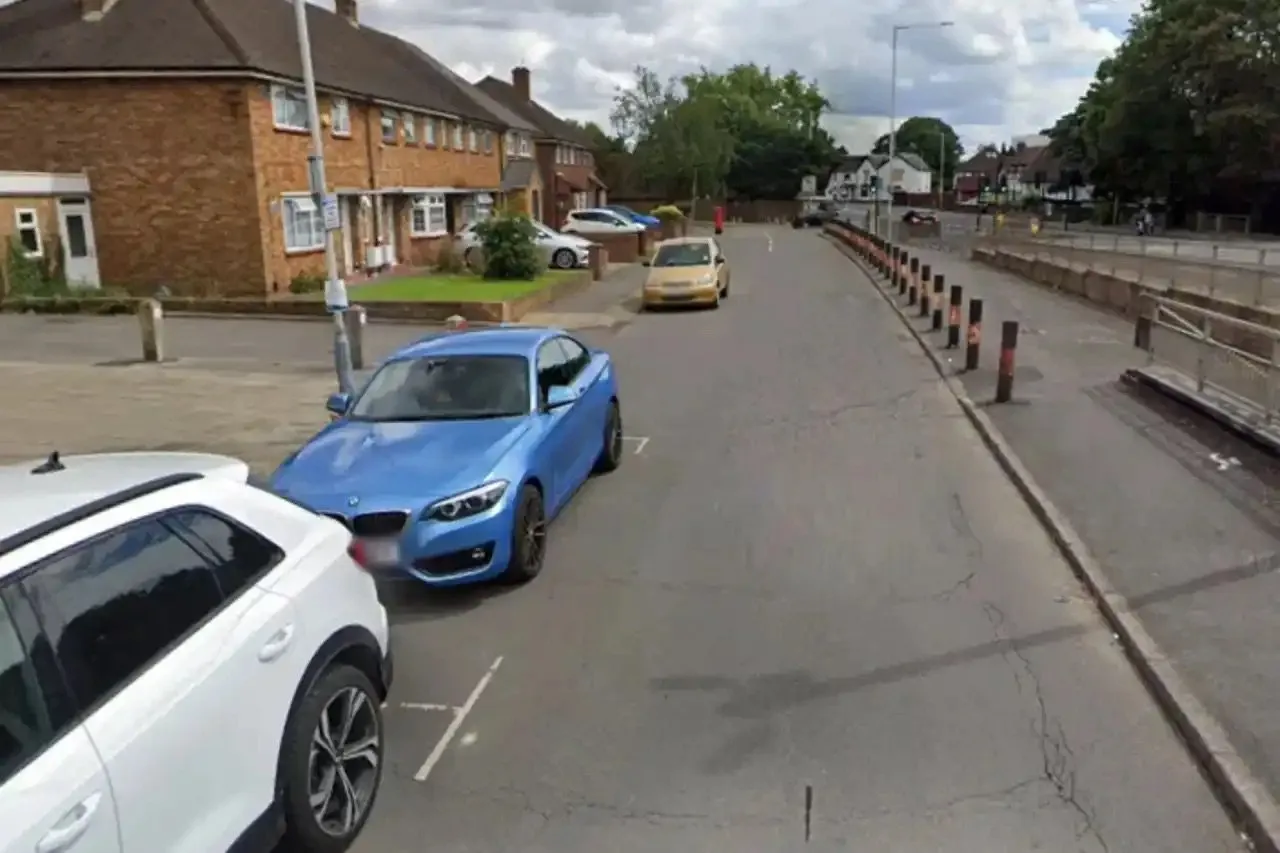Copyright newsletter
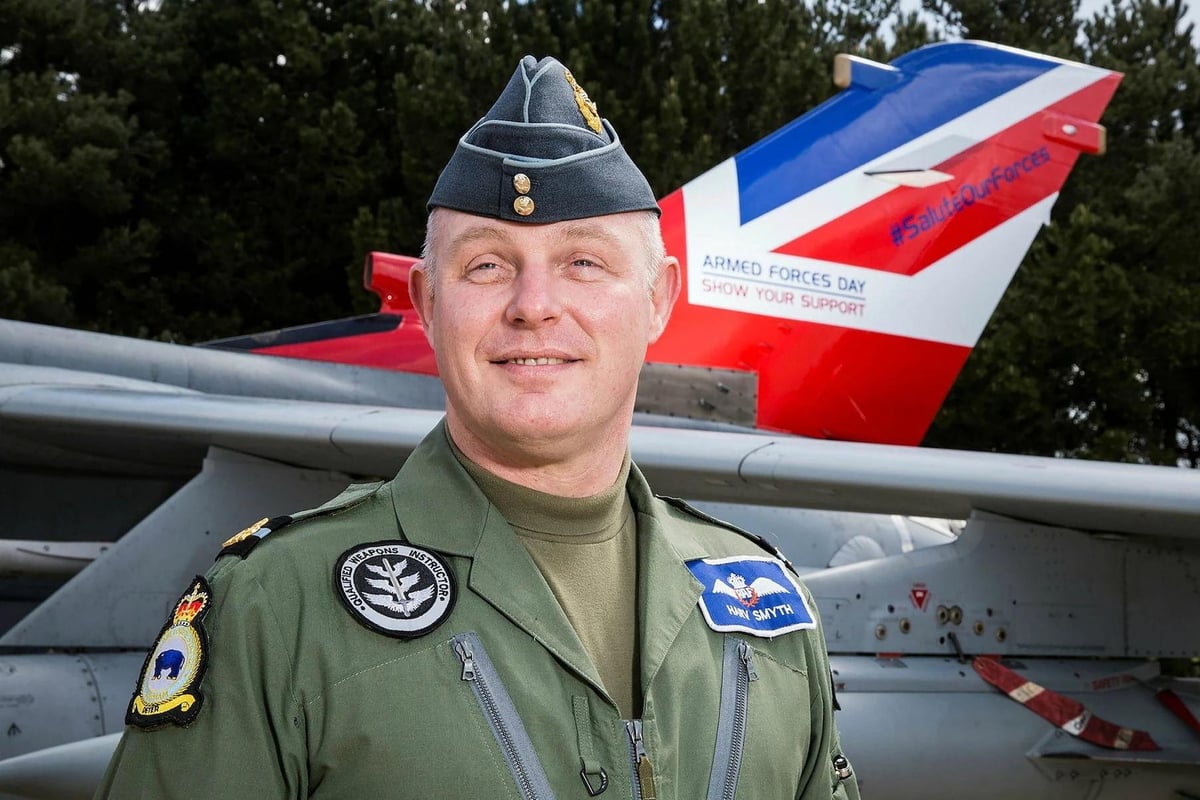
Fast-forward almost four decades and the Lurgan man is now in charge of all air defences for the UK. The married father-of-two has mastered aircraft including the Harrier jump jet and the F35, and has flown combat missions over the deserts of Iraq and the valleys of Afghanistan. Now aged 53, Air Chief Marshal Smyth became the overall head of the RAF in August after about 35 years in the service. Today, his two grown-up daughters both live in London, and home for him is mainly in Buckinghamshire, though the job takes him all across the world. Does he ever miss Lurgan? "I do!" he replied. "I miss home desperately. My wife's from Northern Ireland as well, and we try to get back as often as we can. "Earlier today I was in Prague. Next week I'm going away again overseas. "We're a global air force, we have a footprint all around the world, and my job as the chief is to make sure all of that is running on rails and, importantly, to make sure that all our people are content and getting everything they need to do the work. "Chief of the Air Staff spends a lot of the time on the road, so in truth I just miss coming home to my own bed, but yes, I do miss Northern Ireland for sure. "It was lovely arriving in here today. "Of course there were some clouds, but when we broke through the clouds and I could see the green fields and we were coming in to Aldergrove to land I was like: right, nice to be back home." So how did his career begin? He was "not from a military family at all", but whilst a pupil at Lurgan College he joined an army cadet outfit. "I liked the regimen of it, and I liked the leadership skills and all the opportunities it gave me beyond just kind of what you would get in normal life," he told the News Letter. "From the age of 15, the air force had an offer on the table for me, as long as I passed my A-Levels, to join when I was 18 years old." It was the "excitement" and the lure of "the unknown" which drew him towards the RAF. "I wanted to be challenged – and that's certainly what I've had in almost 35 years," he said, adding that if someone had told him at the outset of his career that he'd be leading the air force today, "I think I'd have laughed at you". "But that's where I am," he added. On the allure of being a pilot, he said: "It's the freedom of it. Once you break free from the Earth, and you're up there flying, there's a freedom to it. "And I know that sounds maybe, you know, a little bit strange, but that's what I feel. "Any time I go flying, and certainly when I get back from flying, I'm always on a massive high because – particularly if you've been flying in a fighter jet – you've just done something that not that many people in the world get the chance to do. "It's a complete privilege to get to do it, and it's a phenomenal feeling of achievement if you can do it well. "And obviously the job, it's meaningful work: you're protecting the nation. "It's about keeping the nation safe and secure, both us and our allies, and I've spent a career doing that. "I've spent the bulk of my operational career deployed overseas on combat operations so I do get a lot of reward from that." He started learning to fly at Woodgate Aviation in Aldergrove, aged 16. The first time he sat at the controls was in a Piper Cherokee light aircraft, flying over Lough Neagh, in the mid-1980s. "The first time I ever flew, I felt sick," he said. "I remember thinking 'well, this isn't very good, this is not what I was expecting'. "Actually the number of people I know who fly for a living and get airsick, the number of fighter pilots I know who get airsick, you'd be surprised how many do. "But luckily it was that one and only time for me. "I think I was just so determined to make it work, that I was like: 'Well, I'm not going to do that again'. And then I never have ever since been sick in an aeroplane." He did his first solo flight for the RAF in 1991 in a Chipmunk training aeroplane at RAF Swinderby in Lincolnshire. Then he moved on to the Belfast-built Tucano, then the Hawk, then the Harrier, Tornado, Typhoon, and F35. So what has been the highlight? "The Harrier – flying the Harrier," he responded, before this interviewer had even completed the question. "That's not a choice, that's just a fact. The Harrier is just a phenomenal aircraft to fly. "A very, very difficult aircraft to fly. The air force tended to only let their very best pilots fly it. "But if you could fly it, and you could fly it well, it was the world's most rewarding feeling. "Then obviously it had the unique characteristics of being able to do very slow flight, all the way to hovering. "You could operate off the aircraft carriers – which I did a lot, including on operations in places like Iraq – and you can operate off the grass, or we would deploy up to Norway and we'd operate off snow-topped runways. "It's such a versatile aircraft. "I was one of our very last front-line squadron commanders. "I brought the squadron home from an extended tour in Kandahar in Afghanistan, and then in 2010 the government had the option then to cut back on the size of the number of fast jets that we had in the service, so we disbanded the Harrier force. "Then I went off to the F35 which is kind of our newest kind of stealth aircraft. "I ran that programme out in America, bought our first aeroplanes and brought it all into service… "I've had an incredibly just thoroughly enjoyable career. I've loved every second of it and I'd go back and do every second of it all over again." Was he always aiming for high office in the military? "I'm quite a competitive person," he said. "That's everything from sports, playing rugby, all the way through to flying aeroplanes. "You get into flying training, you're like: 'I want to be the best on the course, I want to win the prize for the best student on the course'. "Then you go through training and get to your first squadron, you want to be the best fighter pilot on the squadron. "Then you want to become a squadron commander... Then you want to be a station commander and run your own base. Then you want to run the group. "So I think as you get more senior, you're constantly looking what's next - what could the next couple of steps be, could I do it? "And you get more exposure to what it is, and you think 'yep, I think I can do that and I can have a pretty good run at it'. And that's pretty much the way I've been. "I've taken it one day at a time... a healthy amount of ambition, but not ambitious to the point where it's been destructive." Asked what his biggest headache is in the role, he said: "In all honesty, I don't think I would see it that way. I see nothing but opportunity ahead." The government has pledged more funding for the military, giving him "the opportunity to grow and build the service". "Most service chiefs in the recent past have had the other challenge, which is we don't have enough money and we're having to cut back and find efficiencies," he said. But how does he cope with the pressure of the job? "I don't feel any pressure in this role at all," he replied. "I've been in the Royal Air Force for nearly 35 years. It's in my DNA. "There's a job of work to be done. Keen now just to get on and do the work, and do it with some pace behind it."
